A Living
Laboratory
The Prairie Restoration Project
Updated: July 2024
In the days before the land was plotted, plowed and paved, the patch of Palouse prairie that EWU calls home was part of a magnificent landscape with sun-kissed rolling hills carpeted by a kaleidoscopic of native flora.
Today, with just a sliver of that wild frontier remaining, Eastern Washington University has embarked on a project to transform this 120-acre parcel of university-owned land back to its native habitat.
As the Prairie Restoration Project unfolded, it gave birth to a “living laboratory” that serves as a hub for environmental research and interdisciplinary collaboration.
EWU students and faculty have expanded those community partnerships - working with the Spokane Tribe of Indians and other Native peoples, whose ancestors for millennia called the prairie home. This collaboration incorporates our tribal partners' vast knowledge while honoring their histories and connecting our communities.
Now, after nearly three years of extensive research that included planting, monitoring, and collecting data on a 13-acre test plot as it experienced both drought and heavy rain conditions, we're preparing to implement the most successful strategies across the entire site.


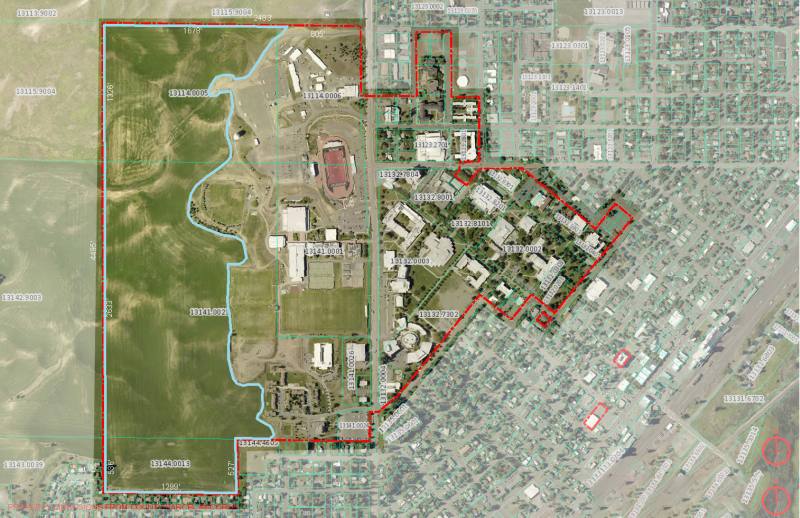
A grant from the EWU Foundation funded much of the planning and research. Biology students and faculty collaborated to create a workshop that connected land-restoration experts from across the region with Eastern students. Using their research, and input from experts, students then put together a master plan for land restoration.
“A big part of the project is to make it really inclusive", says Erik Budsberg, Prairie Restoration project leader and EWU sustainability Coordinator. “We want to use it to de-silo things, to truly create a lot of multidisciplinary relationships and opportunities across campus.”
Project leaders have also worked with faculty and students in departments across the campus. The opportunities for collaboration will only grow as the pilot site expands.
Campus Partnerships
Biology
- Identified native plants and mapped remnants of Palouse prairie landscapes
- Collected and cleaned seeds to develop a seed bank
- Expanded garden space and greenhouse use for the prairie nursery
- Developed a master plan for the pilot plots
- Worked with the Salish School of Spokane, a private K-12 school dedicated to preserving the culture and language of the Native American tribes, to learn more about prairie communities and propagate plants together
Geosciences
- Environmental science is conducting soil analysis and investigating high lead concentrations due to prior trap shooting in the area
- Geology installed wells and hydrogeology equipment to study and monitor the groundwater
- Geography is using GPS mapping techniques to assist in land-use decisions
Partners
- Education and biology collaborated to bring prairie related conservation lessons to local schools and the wider community
- Computer science is developing a project database
- Public health and outdoor recreation consulted on trail building and usage
- English assisted with grant writing
- Anthropology, archeology, American Indian studies, technical communications, and visual communication design have also offered consultations or completed prairie related projects
It starts with
soil
Healthy soil will retain the water and nutrients prairie plants need to grow
Reestablishing flowering plants (forbs) is critical to species diversity in the prairie ecosystem
Pollinators will return, promoting fertilization and seed production
Insect habitats are formed, which are essential to mammals, birds and reptiles

Gather




The Steps to Collect Native Seeds
Restore

- Masterplan Finalized
- Seed Cultivation Expanded
- Seed Nursery Created
- Viable Seed Mixes Identified
- Seed Propagated
- Two Test Plots Planted
- Planting Methods Determined

- Fundraising
- Planting 120-acre site
- Seed drilling with wild grass mix
- Expanding community partnerships
- Increasing interdisciplinary collaborations
- Continuing ongoing research

- Planting Forbes
- Planting Trees and Shrubs
- Constructing a Trail System
- Installing Signs, Benches and Outdoor Classrooms
- Planting Trees
- Implementing Sustainable Site Management

The project is a true measure of collaborative, interdisciplinary research so much that the prairie has come to be known as a “Living Laboratory.”
Perseverance and ingenuity prevailed over uncooperative weather, over-saturated soil and other challenges as teams built on knowledge from season to season.
Research teams tested a biodiverse array of seed mixes, incorporating grasses and forbs that once grew in the area. They spread different mixes in separate, well-marked areas to determine which seed groupings most successfully produced healthy mature plants.
Today, their thoughtful research is leading the project into the next era with the development of a campus wide climate-resiliency landscape master plan and nurturing a new generation of environmental scientists along the way.
“What we've learned from the Prairie Restoration Project has also informed our decision to develop a climate-resiliency landscape master plan. We will be converting all of campus landscaping over to the native drought-tolerate plants that are more representative of the regional biodiversity.”
-Eric Budsgberg, Director of EWU Sustainability
Prairie Restoration Next Steps
Latest Prairie Updates
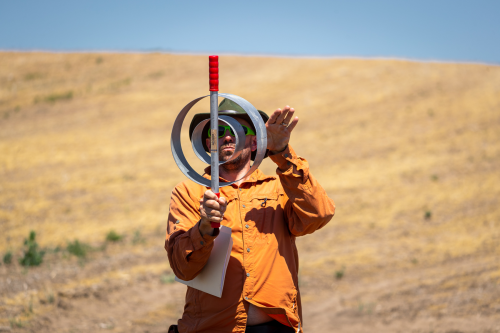
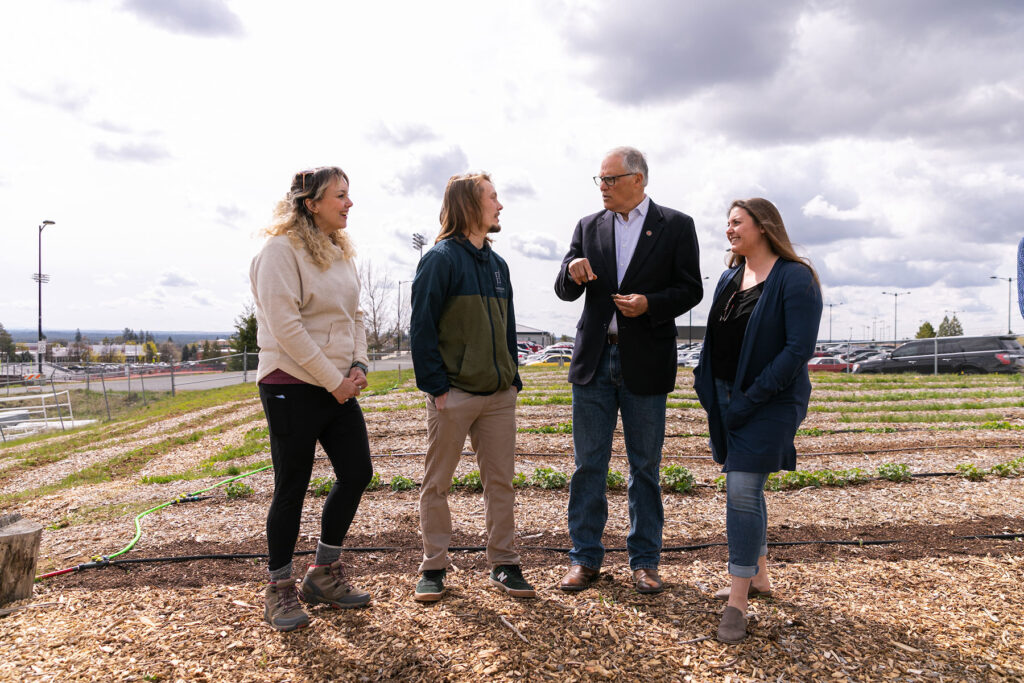
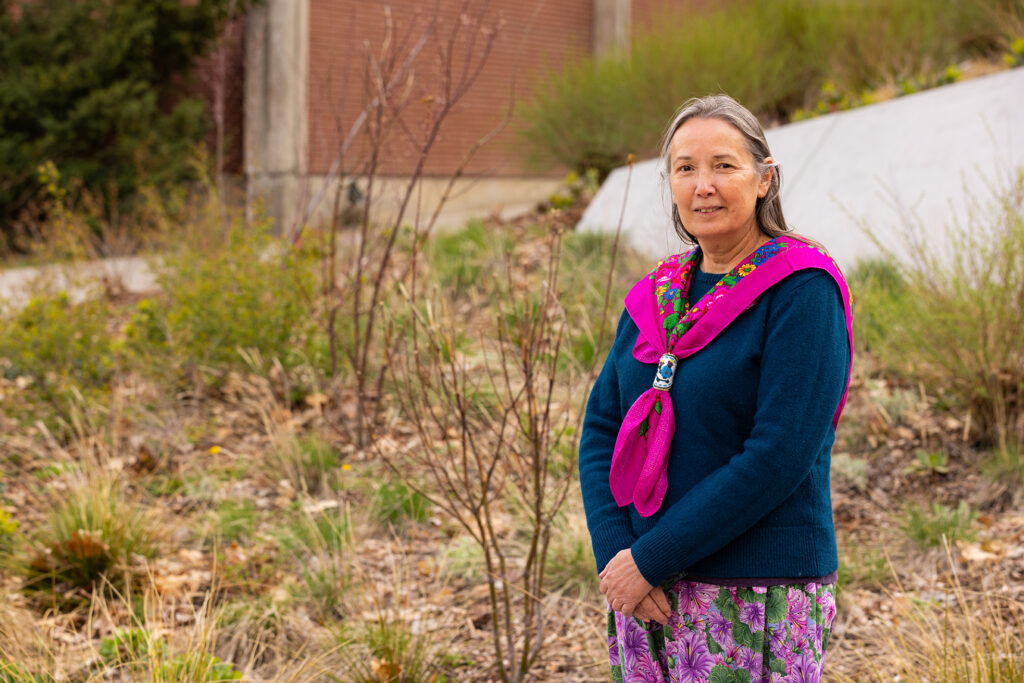
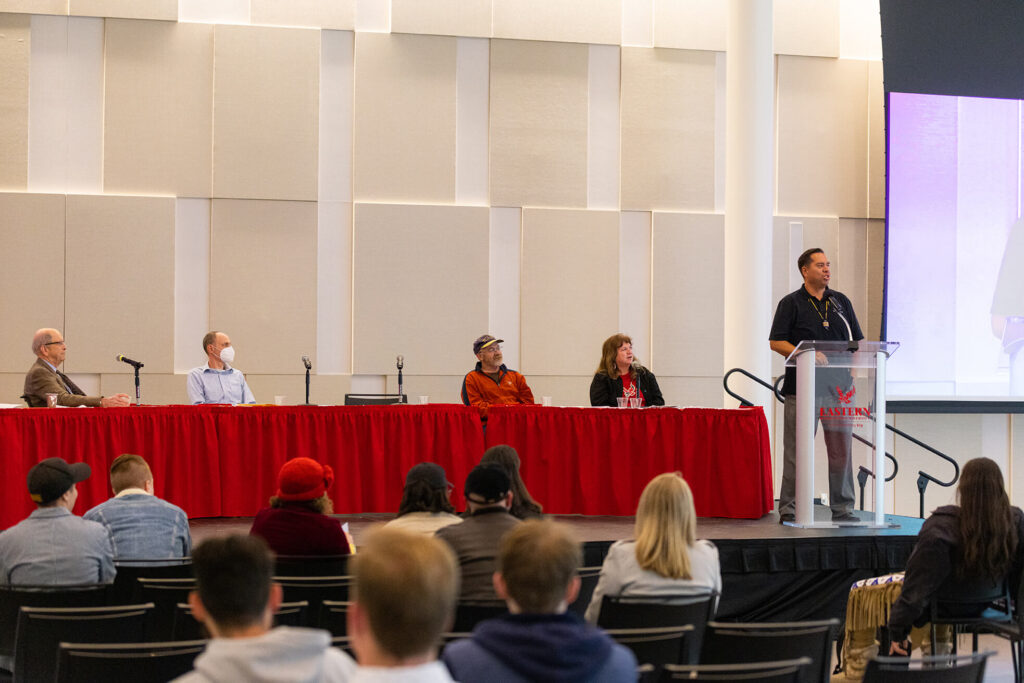


Community
Connection
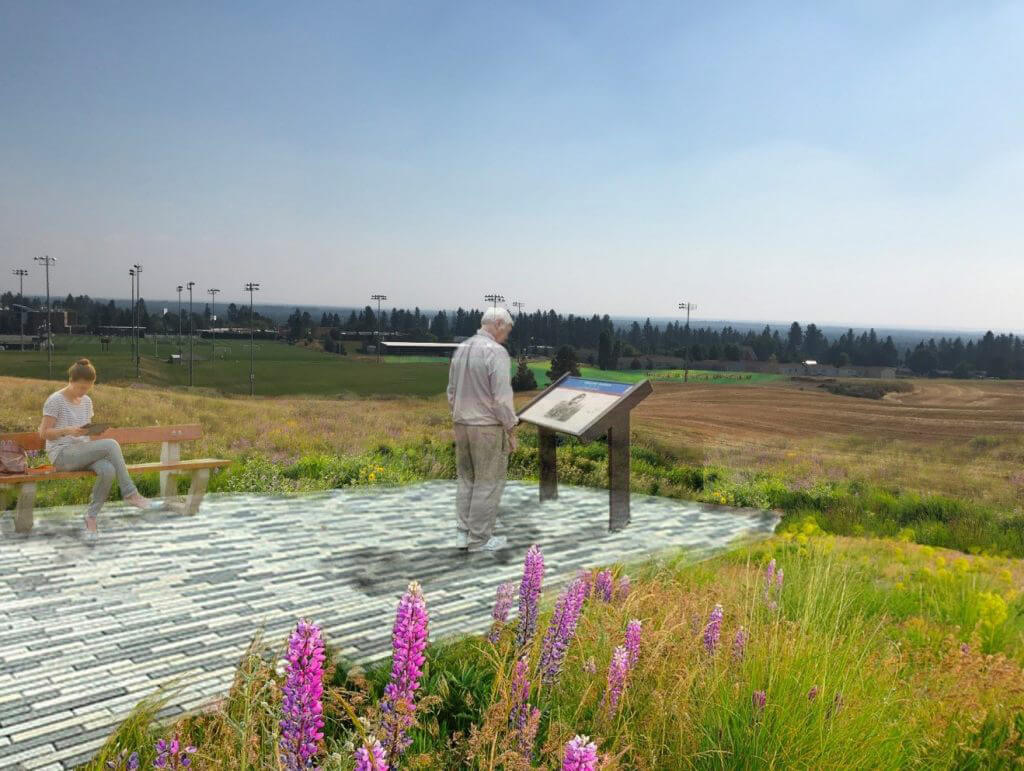
Education
The Prairie Restoration Project will expand learning opportunities for students and visitors to campus. We envision a space that will inspire outdoor exploration and connections to natural environments, helping to develop a strong sense of place.

Research
Converting the site from wheat cultivation to native grasslands will create new opportunities for faculty and student research. The living laboratory will provide real-world experiences that prepare students for their future careers.
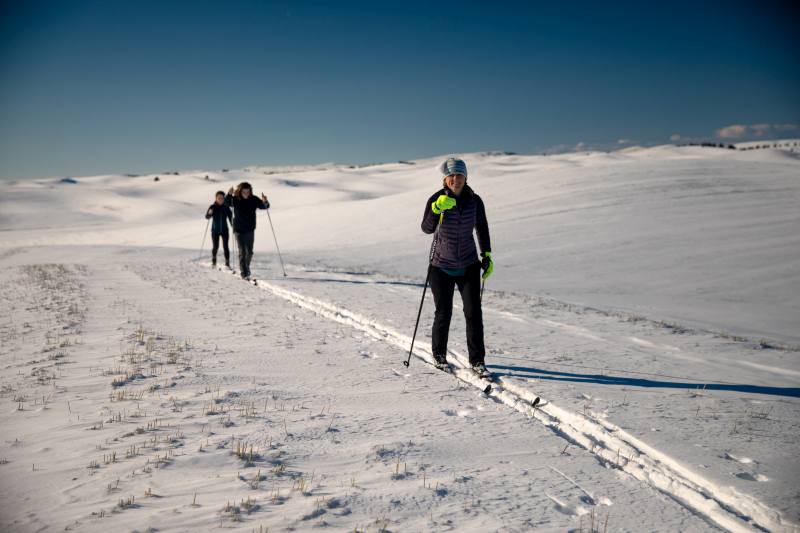
Recreation
A multi-use trail system will provide access to the restoration site and encourage exploration and recreation, ultimately leading visitors to stunning 360-degree views of the region. The community can use the trails to walk, run, mountain bike, cross country ski and observe nature.
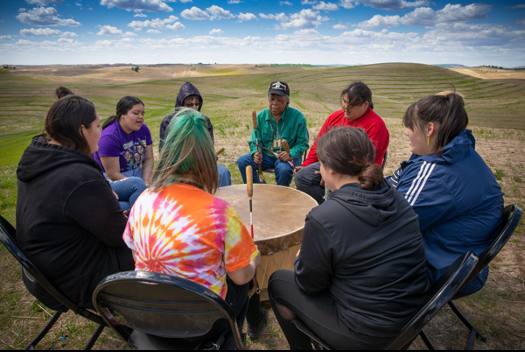
Connection
We want to cultivate rich and reciprocal relationships. Many of the plants in the ecosystem are culturally significant to Native Americans for food, medicine, art materials and more. The project will provide renewed access and educational opportunities for local tribes and will be the home of the Lucy Covington Initiative.
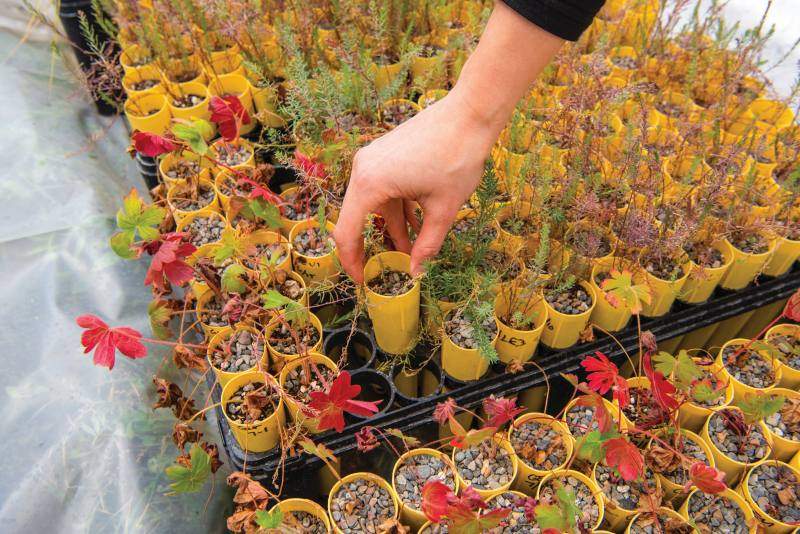
Inspiration
With proper education, we hope community members will be inspired to plant native plants in their yards to create their own “pocket prairies.” This simple, actionable step allows supporters to create immediate benefits that will continue for generations.
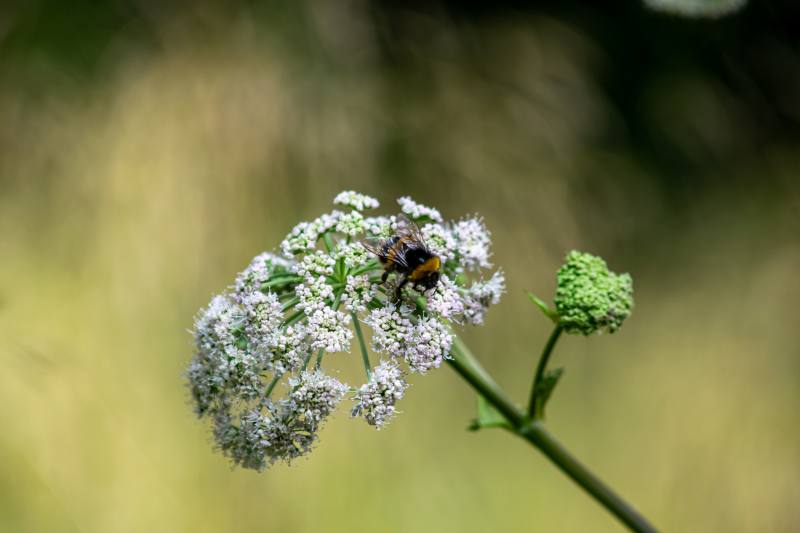
Biodiversity
More than 120 plant species will attract and retain additional pollinators in the region and supply nutritional seeds for birds and other small animals. The vast root systems will hold soil in place, reducing the risk of erosion and drawing water down deep into the soil to recharge the groundwater supply.
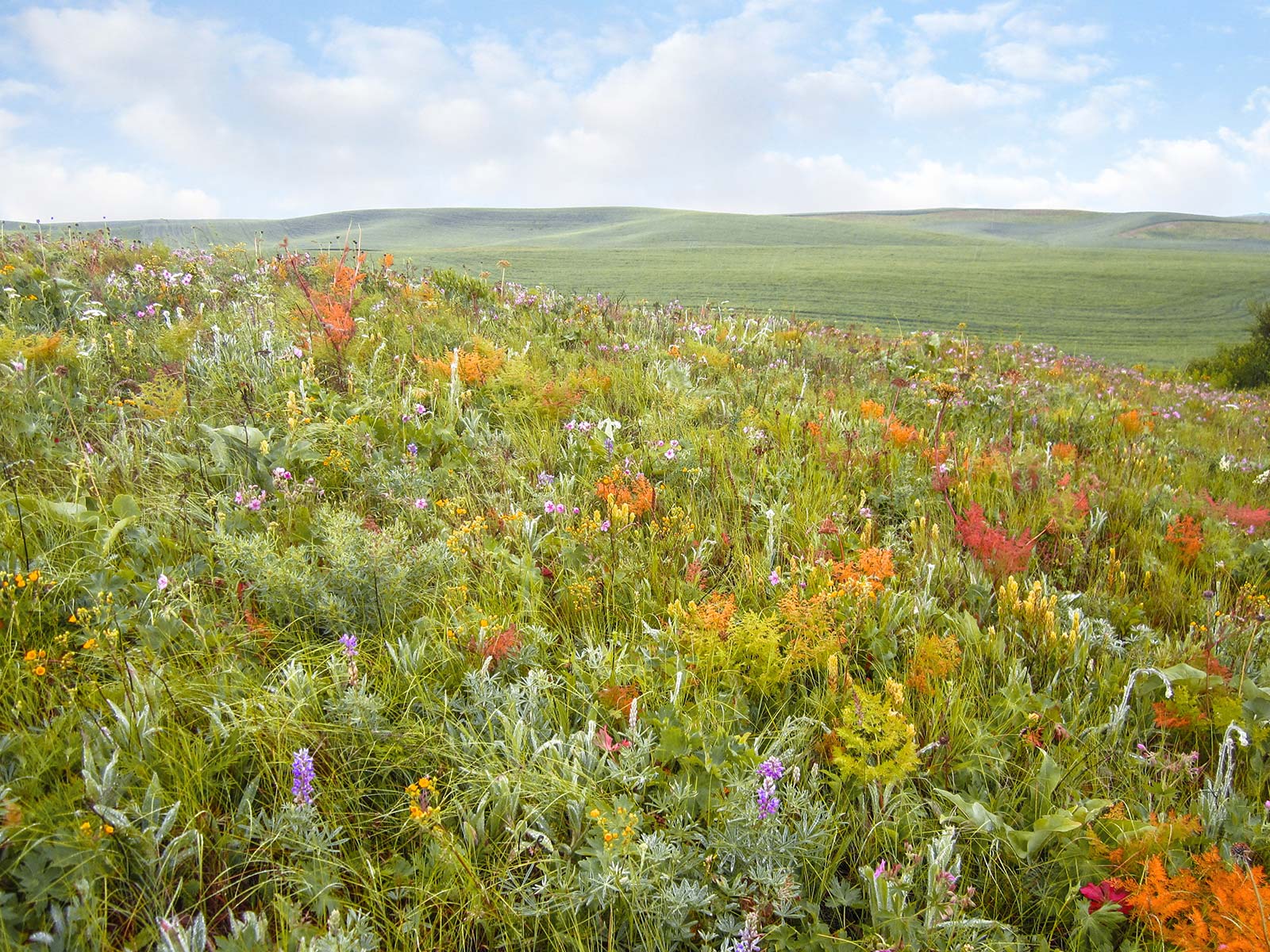
Get Involved in Transforming This Landscape
Eastern can't do this project without dedicated supporters like you. From becoming a partner to making a gift or jumping in and getting your hands dirty, we'd love your help. (Naming and sponsorship opportunities are also available.)
Visit the Prairie Restoration Campaign website to learn more.